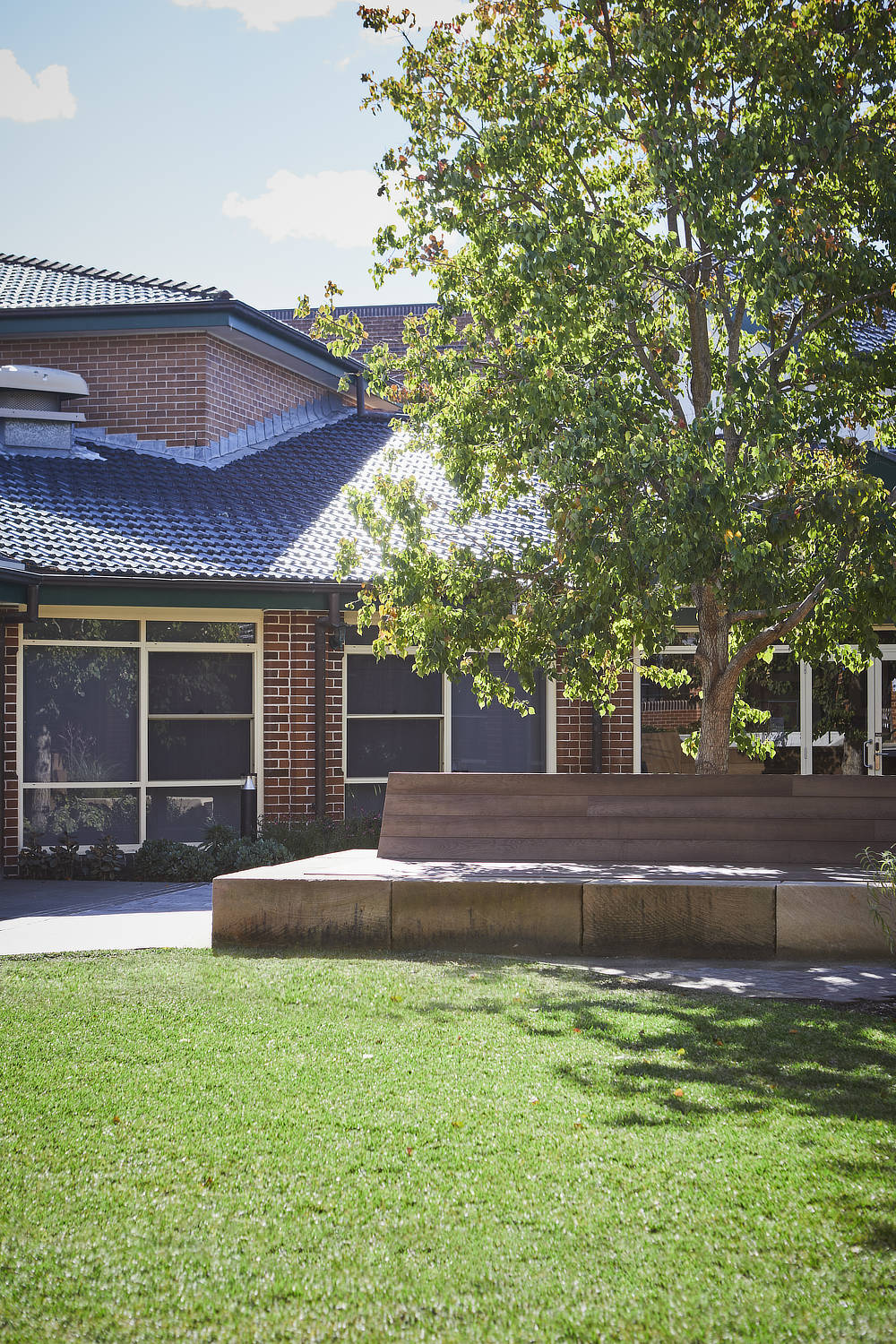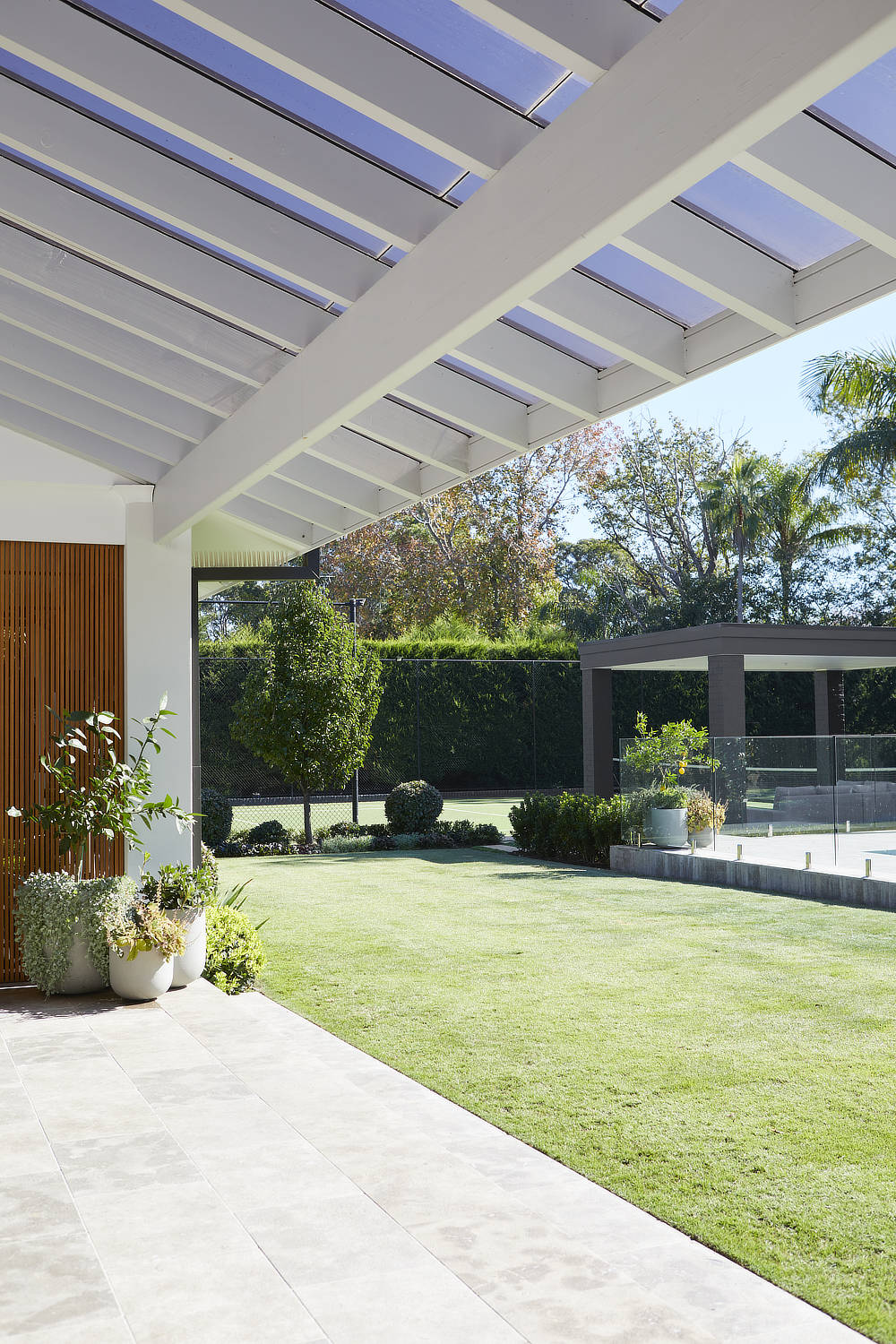February can seem like a struggle in the garden, the sun is hot and for a poor Englishman like me it’s so stifling I retreat inside and look longingly out the window dreaming of a reprieve. Years of needing to be outside even in the heart has taught me a few tips to keep gardening in the heat and making sure my plants, especially my lawn don’t suffer too much!
The first thing to do is garden early or late, stay out of the midday sun, it’s no good for you or your lawn. I then let my grass get a little longer by lifting the blades by one setting on the deck. By letting the leaf of your grass grow a touch longer you insulate the roots, keeping them and the ground cooler. I like to remove the catcher on my mower and allow the clippings to return to the soil as well, this is a great nitrogen boost, which helps keep the grass green and it works like mulch on your garden beds retaining water in the soil beneath. If you do this, you will need to mow more often as you do not want big clumps of grass left on your lawn surface, once, possibly twice a week should be sufficient.
When you have a slightly longer leaf on your grass you may notice it wilting in the mid-day sun, this is where the leaf curls up to reduce water lost through evaporation. It is totally fine that the plant does this, it will return to normal when the evening temperature drops. You can give it a little boost though by giving it a quick spray with the hose. This water around the leaf will work like air-conditioning for the grass as it evaporates it cools the air around the grass down and with it removes any stress. Research has proven the old wives tale incorrect that water droplets on a plants leaf will not magnify the suns rays and burn the leaf so a little spritz can really help.
I also give my grass a feed and a soil wetter, warm season grasses such as couch and buffalo are still working away in the heat even if we can’t match them. This growth needs support with the right balance of nutrients and lawn specific fertilisers are perfect for this. The addition of a soil wetting agent in granular form, such as Ezi-wet, at the same time as your fertiliser will ensure not only water gets into the soil quickly and effectively but the nutrients get there too. Apply these in the morning and water in well, avoid leaving the fertiliser or granules on the leaf of the plant in the heat of the day or they may burn them.
When it comes to watering a lawn in summer, I find 25mm of rainfall a week is sufficient to maintain health and vigour. If you want to test how much time you need to leave your spray irrigation system or hose sprinkler on for to achieve this simply leave an empty cat food sized container on the lawn, turn the sprinklers on and time how long it takes to fill up. You can then spread this time over the week, I suggest four sessions on two days so Monday morning and Monday evening and Friday morning and Friday evening work well. By splitting the two sessions you ensure the grass gets a deep watering whilst minimising excessive run off. The deep watering is excellent for teaching the roots of your grass to grow deep and find water in the cooler soil profile rather than it simply expecting water on the surface. This is a great way of drought proofing your garden just in case you forget to water, or you are away and simply cannot do it.


